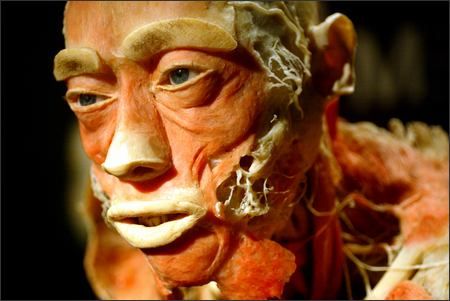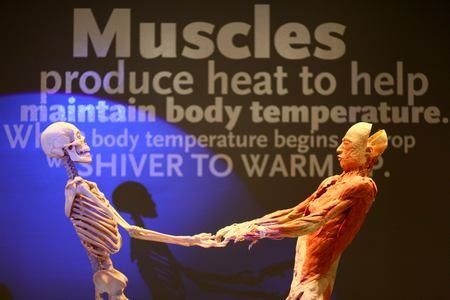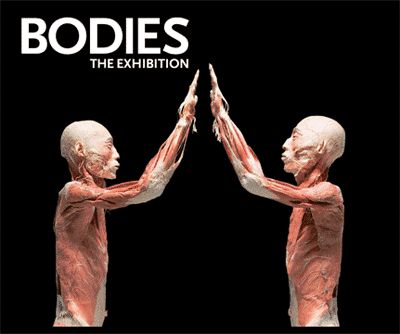WHS Anatomy Class Gets Up Close & Personal View of the Real Thing!
Students Attend Bodies--the Exhibition in Omaha
Students from Mr. Shannon’s Anatomy classes had the privilege of attending the BODIES – The Exhibition in Omaha on September 21, 2010.
From the earliest efforts of ancient Egyptians to distinguish individual organs, mankind has been fascinated with uncovering the secrets of the human body. The study of human anatomy remains a cornerstone of medical education. BODIES – The Exhibition has provided over 15 million visitors from around the world with unprecedented access to anatomical detail historically only available to medical professionals.
It provides an intimate format and informative view to the human body. Using an innovative preservation process, the Exhibition allows you to see your body’s inner beauty in ways you have never dreamed possible. The exhibitions may have over 200 actual human bodies and specimens, meticulously dissected and respectfully displayed, that offer an unprecedented and wholly unique look into the human body.
Specimens in the Exhibition are prepared through a revolutionary process called Polymer Preservation in which human tissue is permanently preserved using liquid silicon rubber. This process creates a specimen that will not decay, offering thousands of unique teaching possibilities for educators at all levels. Preparation time varies. A small organ may only take a week, while a full-body specimen may take up to a year to prepare.
Some of the frequently asked questions from the BODIES – The Exhibition are:
Why use real human specimens instead of constructed models?
As Dr. Roy Glover, chief medical director for BODIES … The Exhibition states, “Seeing promotes understanding, and understanding promotes the most practical kind of body education possible. The body doesn’t lie!” Unlike models that idealize the body through the eyes of an artist, the specimens in this Exhibition will show the body and its parts as they really exist. Idealized models have been used for many years to teach about the body. They do not, however, allow for any variation in structure or pathologies – which is key in noting how unique our bodies are. As medical students and individuals have less time for the study of anatomy, it is even more important to have these unique specimens to give them both a greater understanding of anatomy and some sense of the variation of the human organism.
How long do the bodies last after polymer preservation?
The earliest specimens made in the late 1970s are still being used in medical schools around the world. They last indefinitely, just as if they were made entirely of the most indestructible material.
Where do the full body specimens come from?
The full body specimens are persons who lived in China and died from natural causes. After the bodies were unclaimed at death, pursuant to Chinese law, they were ultimately delivered to a medical school for education and research. Where known, information about the identities, medical histories and causes of death is kept strictly confidential.
Why are separate body parts or organs displayed?
Our medical director has been able to identify obvious medical problems affecting particular individual organs and body parts that are separately on display in a number of cases throughout the Exhibition, and these are indicated where appropriate. For example, a lung is displayed and the disease is identified as emphysema, so those who see it can gain a clearer understanding of this disease.


 Launch the media gallery 1 player
Launch the media gallery 1 player Launch the media gallery 2 player
Launch the media gallery 2 player Launch the media gallery 3 player
Launch the media gallery 3 player